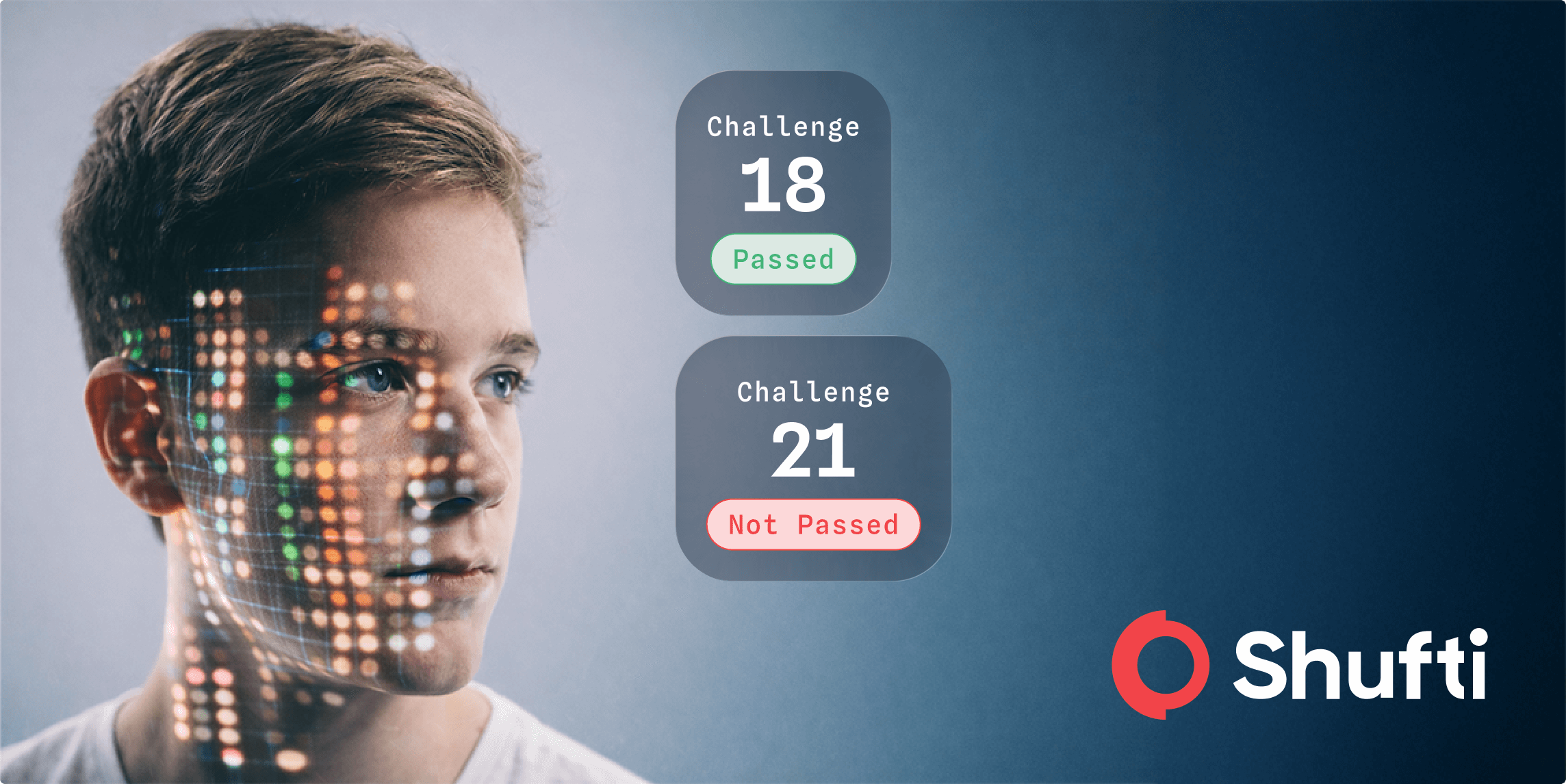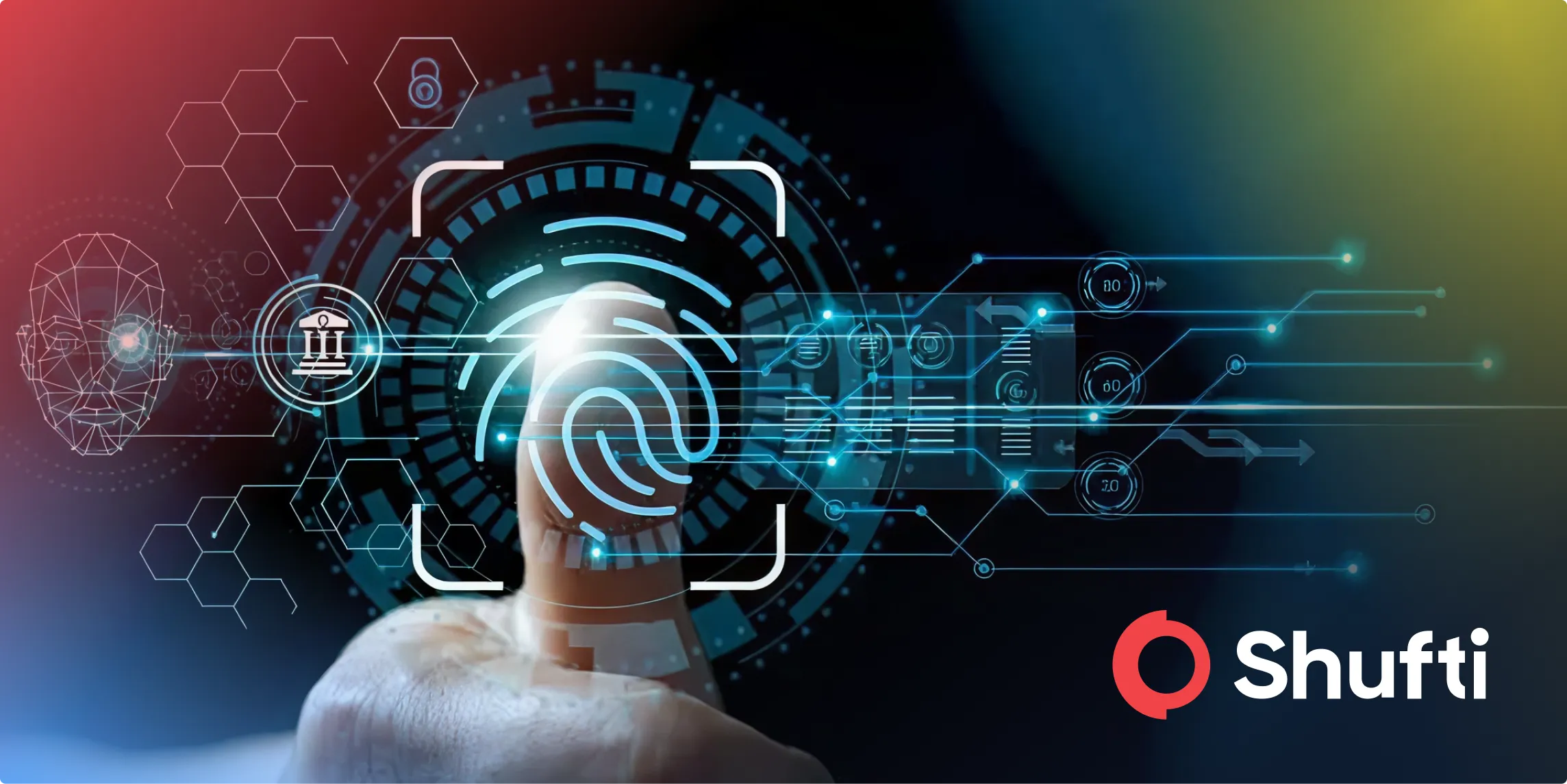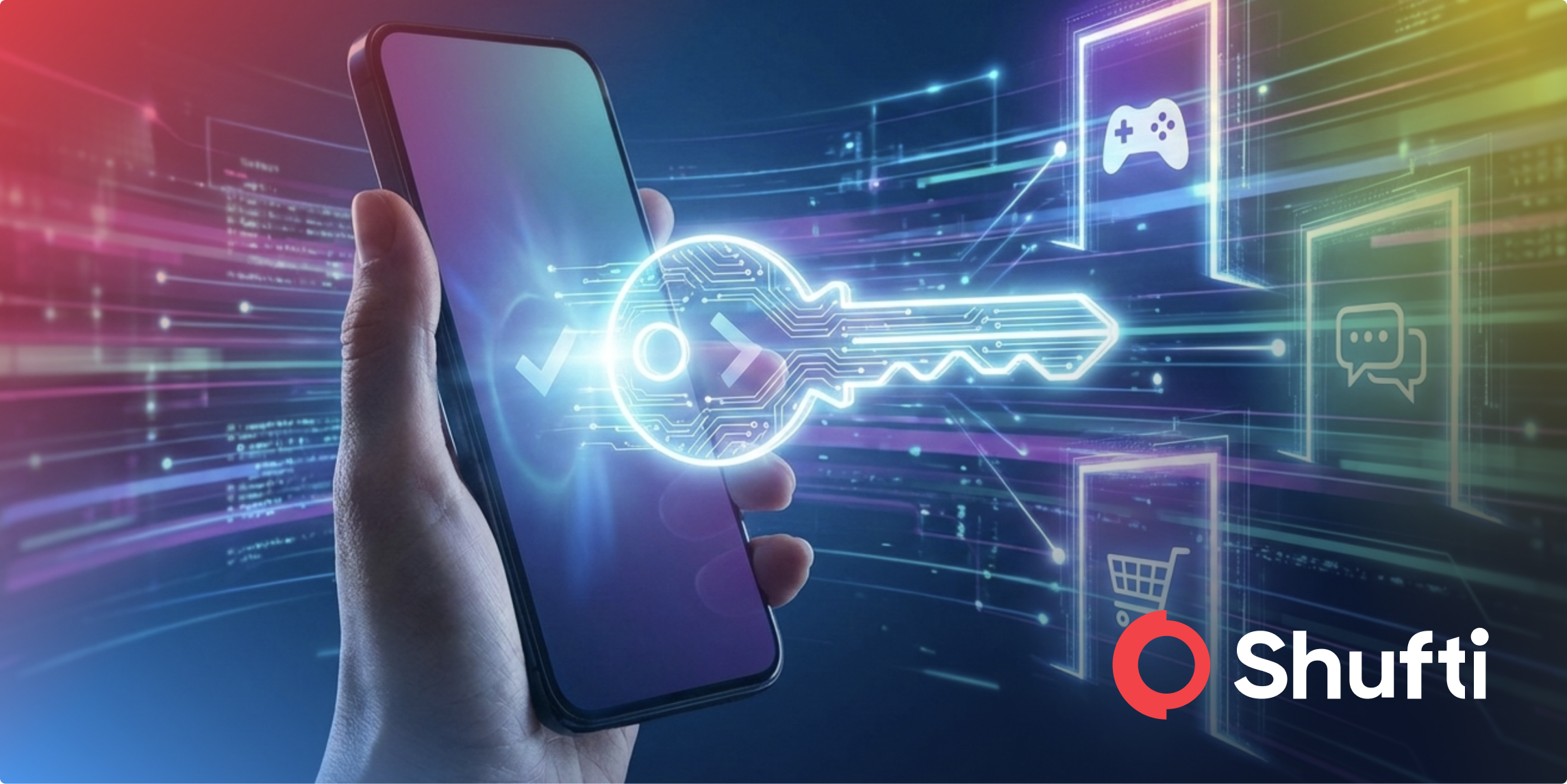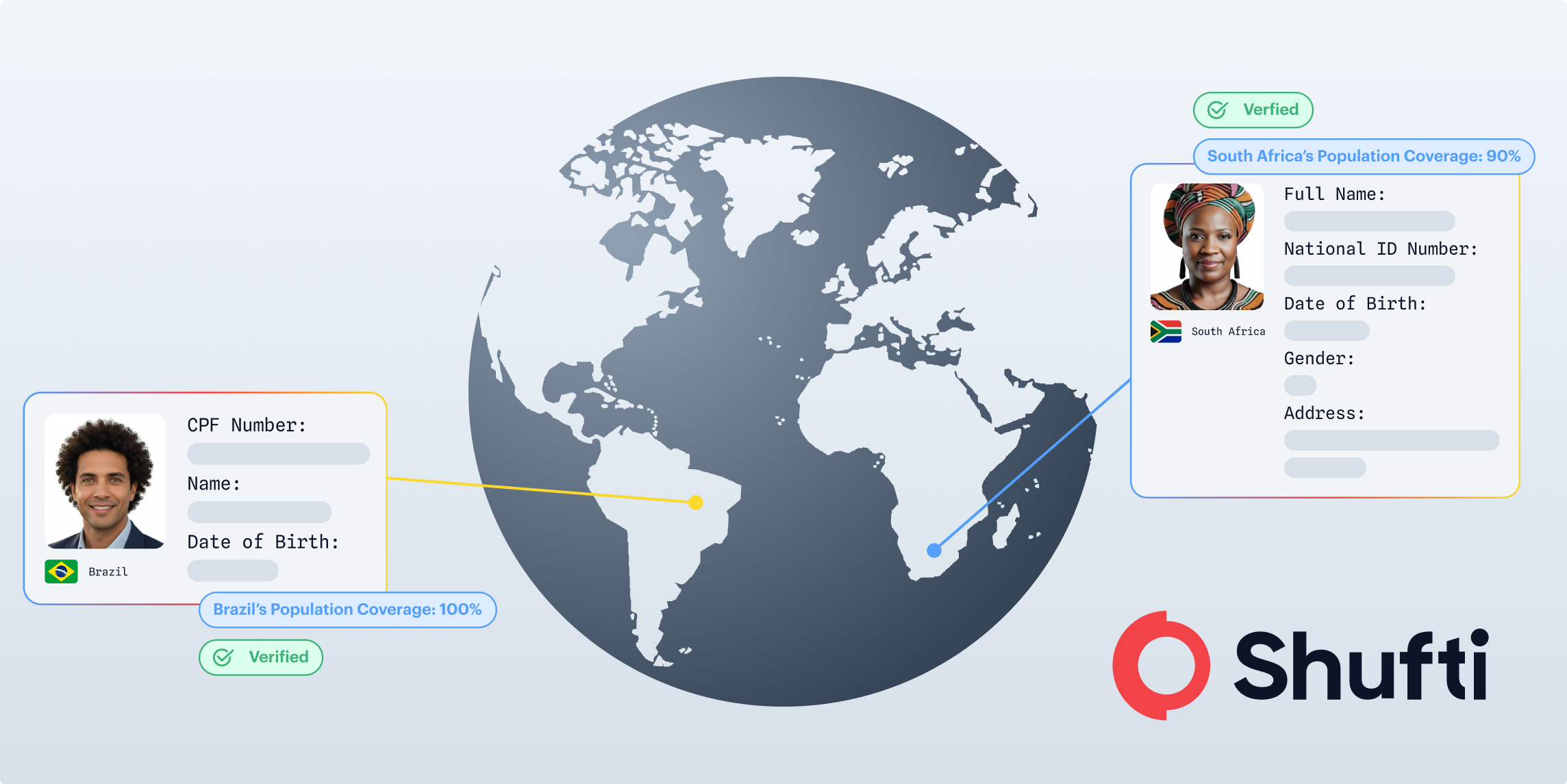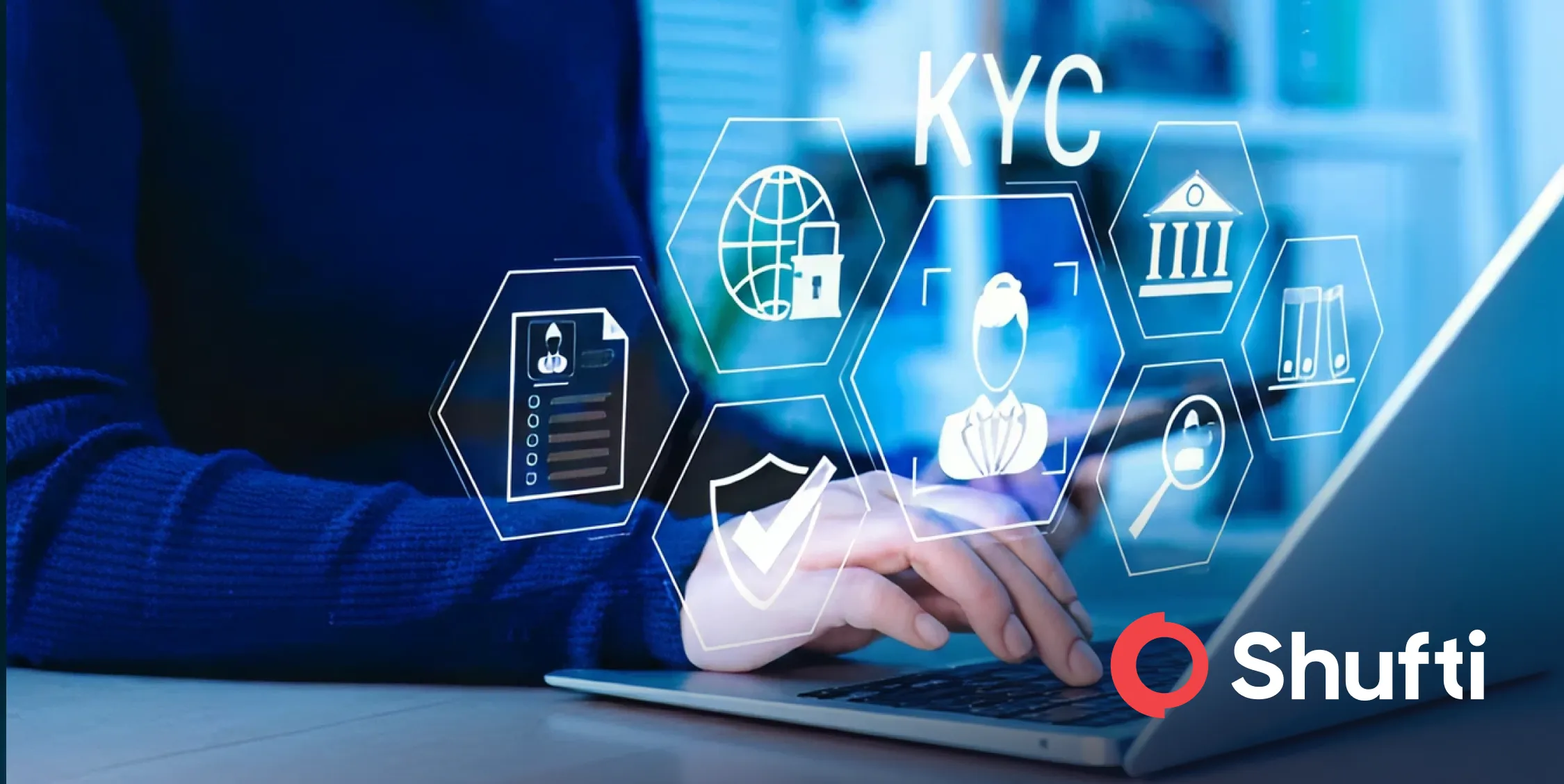Biometric Identification revolutionizing the world in 2020
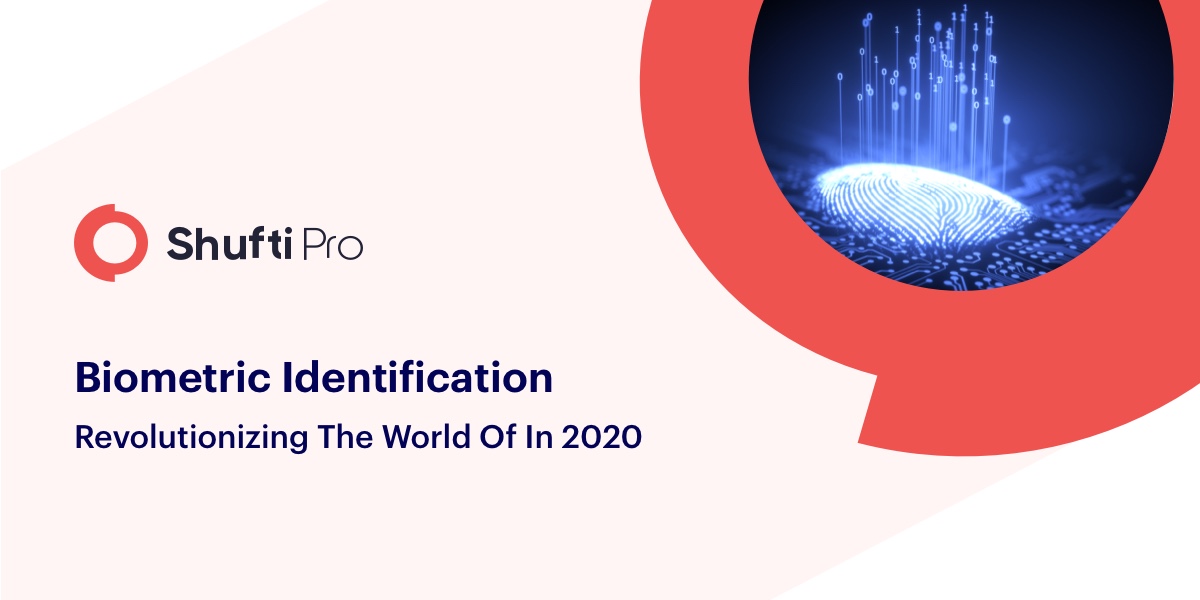
Every day we come face to face with new technology innovations that leave us awestruck. From the past few years, the world is witnessing technology change that is not only impacting the industries but also defining the new lines about how we communicate and interact with each other. One such technology bringing revolution is biometric technology. Biometrics is defined as the unique and intrinsic physical and biological characteristics of a person that verifies their identity.
The history of biometrics
The concept of biometrics has been there for centuries, the only difference is in the advancement in their use. Back in the 19th century, Bertillon was the first one to use specific anatomical characteristics for the identification of reoffending criminals. This technique has proved to be quite successful for years, however, it was not much reliable that soon turned it into a thing of past.
Afterward, this budding use technology was reacquired by a British officer, William James, who was put in charge of road construction in Bengal. He made his subcontractors sign the contract through fingerprints – the early and most common form of biometric authentication. This fueled up the use of biometrics in different industries and countries. In 1901, the UK Metropolitan Police started the use of biometric identification.
In 1902, the New York police and French police also followed their suit. Later in 1924, the FBI adopted biometrics for identification. Apart from fingerprints, the concept of behavioral biometrics – a measurement of unique patterns – isn’t new either. For instance, back in 1860s telegraph operators recognized each other through Morse code which means the distinguished pattern they would send dot and dash signals.
Trends in Biometric Identification
Identifying individuals based on their unique physical, biological and behavioral characteristics is the fundamental principle of biometrics. The use of biometrics is rapidly growing especially in terms of security and customer experience. Every industry is now incorporating biometric technology for the successful growth of the business. Biometrics first started as fingerprint recognition which is still considered the most common and extensively adopted biometric identification method.
At first, fingerprint scanning was associated with the voting system but now for a few years, it has been promptly used by the organizations as user authentication systems. From offices to schools, the institutions use fingerprints for marking attendance and allowing access to authorized people only after identity authentication. This is just one use case, multiple others are already exploring business operation through biometrics. In 2013, when the iPhone introduced a fingerprint scanner, people found this feature a thing from the future and hence it gained popularity among other brands.
Fast forward, fingerprint scanning isn’t the only form of biometric identification. In 2018, with the launch of ‘FaceID’ in iPhone X, using facial recognition technology, biometric authentication seems like a mandatory requirement of smartphones. This highlights the increasing trend of biometric identification and verification. The race isn’t about differentiating between different types of biometrics but to focus on the biometric adoption for better security and customer experience.
As per the study by Spiceworks, 90% of businesses will be using biometrics by 2020.
Biometrics and Identity – Who you are?
Biometric identification is a fastly-growing phenomenon, particularly in the identity verification market. From a general perspective, biometrics are often combined with other technologies to gain competitive advantage, for instance, AI-powered biometric verification systems to confirm the user identity and facilitating organizations in curbing fraud and making the business secure and free of imposters.
The identity of an individual has been verified using three common factors that include
- Something you know, like a username and password, pin codes or some secret information.
- Something you have, for instance, a bike belongs to one who has its keys. In terms of technology, we can say a verification code or a one-time password.
- Something you are, means unique characteristics – a face, fingerprint, voice, iris, etc. – of an individual.
From these three authentication ways, the first two are not secure and reliable. The reason is the technological advancements through which cybercriminals and fraudsters are finding ways to access and steal user credentials; for instance, phishing, social engineering, and brute force attacks. If the identification data is compromised, then how to ensure that the person on the other end is an authorized person, not some imposter.
However, in the case of biometrics, they can’t be stolen, forgotten, exchanged or forged that makes them accurate and secure to verify the identity of individuals. The biometric identification methods are evolving with time. The ‘old school’ identification and authentication methods are being replaced with voice recognition, retina scans, facial recognition, and fingerprint identifications.
Every method of biometric identification is unique and reliable depending on the utilization of emerging technologies. It won’t be an understatement to say that individual identification through biometrics is progressing at a commendable rate and soon can become a global standard.
Major use cases of Biometric identification
Biometric systems use physical characteristics to verify the identity of individuals. And these characteristics can be in any form from fingerprints to face biometrics. These biometric systems are being employed by multiple organizations across the globe. Initially, it was meant to facilitate law enforcement and government agencies such as the FBI and CIA to identify criminals and threats to national security.
The digitization of the world is driving businesses to integrate biometric systems to survive the competition layer. Here are some significant use cases of biometric identification and verification.
Biometric Access Controls
Biometric access control systems are effective in keeping imposters and unauthorized individuals at a bay by preventing them from accessing a system, networks or some facilities through biometric authentication. In the world of technology, logical access control is accounted as a corresponding factor for user authentication. Moreover, these systems facilitate organizations in meeting ‘identity and access management’ policies.
Contrary to passwords, pin codes, and access cards that can be stolen, forgotten or compromised, biometric authentication is secure and reliable since it’s base on who you are instead of something you know or possess. Similar to the mobile industry, other companies have started using fingerprint scanning and facial recognition in their authentication systems.
An integral part of KYC
Know Your Customer (KYC) check is one of the obligations imposed on every business dealing with money whether a bank, money exchange or e-commerce. As per the KYC regulation, companies need to verify and authenticate the customer’s identity during the onboarding process and for conducting customer due diligence. This is a fundamental for combatting digital fraud, identity theft, financial crimes, and money laundering.
Integrating biometric identification checks, organizations can streamline the KYC process making it faster and more efficient. Moreover, the automated verification through biometrics makes the onboarding process frictionless hence, improving customer experience.
Multi-modal biometrics for security
Biometric technology comes with a wide range of practices and techniques that can easily penetrate into different domains including state security, identity verification, and customer convenience and experience. Multimodal biometrics are generally used in forensic identification and identity management sectors. The multimodal biometric systems combine various biometric sources such as fingerprints, iris, and face, for more accurate identification minimizing false positives and increasing security and customer convenience.
The way forward
Biometric adoption is on the rise; as per Global Market Insights, the global biometric market is expected to grow up to $50 billion by 2024. This figure provides a significant insight into the impact of biometrics on the industries. In the near future, to say biometric identification is going to be a global standard for customer verification won’t be wrong.





